Thank you for downloading this Simon & Schuster ebook.
Get a FREE ebook when you join our mailing list. Plus, get updates on new releases, deals, recommended reads, and more from Simon & Schuster. Click below to sign up and see terms and conditions.
CLICK HERE TO SIGN UP
Already a subscriber? Provide your email again so we can register this ebook and send you more of what you like to read. You will continue to receive exclusive offers in your inbox.
We hope you enjoyed reading this Simon & Schuster ebook.
Get a FREE ebook when you join our mailing list. Plus, get updates on new releases, deals, recommended reads, and more from Simon & Schuster. Click below to sign up and see terms and conditions.
CLICK HERE TO SIGN UP
Already a subscriber? Provide your email again so we can register this ebook and send you more of what you like to read. You will continue to receive exclusive offers in your inbox.

An Imprint of Simon & Schuster, Inc.
1230 Avenue of the Americas
New York, NY 10020
www.SimonandSchuster.com
Copyright 2019 by Teo Alfero
Wolf Therapy, Wolfdog Therapy, and Wolf Connection are registered trademarks of Spring of Evolution, Inc.
All rights reserved, including the right to reproduce this book or portions thereof in any form whatsoever. For information, address Atria Books Subsidiary Rights Department, 1230 Avenue of the Americas, New York, NY 10020.
First Enliven Books/Atria Books hardcover edition June 2019
 and colophon are trademarks of Simon & Schuster, Inc.
and colophon are trademarks of Simon & Schuster, Inc.
For information about special discounts for bulk purchases, please contact Simon & Schuster Special Sales at 1-866-506-1949 or .
The Simon & Schuster Speakers Bureau can bring authors to your live event. For more information or to book an event, contact the Simon & Schuster Speakers Bureau at 1-866-248-3049 or visit our website at www.simonspeakers.com.
Interior design by Silverglass Design
Jacket design by James Iacobelli
Jacket photographs by Chris Perrys Wildside Galleries, Teo Alfero
Cover art by Chris Perrys Wildside Galleries (upper photo) and Teo Alfero (lower photo)
Author photo Chris Perrys Wildside Galleries
Library of Congress Cataloging-in-Publication Data has been applied for.
ISBN 978-1-5011-9316-3
ISBN 978-1-5011-9318-7 (ebook)
To the Wolf Spirit that guides humanity, and to all those who, knowingly or unknowingly, carry the wolf message in their hearts and in their blood.

Neo approaching visitors during a program at Wolf Heart Ranch. Photo by Chris Perry's Wildside Galleries.
INTRODUCTION
T he approach of a wolfsubtle, almost in slow motion, confident, and decisive, seeking connection on her or his own termscan stretch time, open the heart, and awaken the soul. Her deep, unwavering amber eyes locked on you, seeing through you, have a disarming effect. In striking shades of white, brown, gray, and black, this perfectly engineered predator moves gracefully, effortlessly, each bone and muscle connected, alert, and in balance. Her massive paws spread over the ground with each step she takes toward you, projecting a wave of power that hits you long before she is near. Her almost imperceptible breath, noticeable only by the slight movement of her nostrils, somehow seems to merge with your own.
She initiates touchher cold nose on your hand, arm, and face; the rough texture of her tongue invigorating, unnerving. The subtle vocalizations made in the back of her throat with her mouth closedwhines and grunting expressions of pleasure. You hear and feel her heart beating, or maybe its your own. She emanates a wild, earthy smell, an ungroomed, fresh scent, natures original design. As you run your fingers through the cold, coarse fur, the sunlight reveals intricate patterns of coloration and reflects silver, blue, and gold.
Wolves have a heart-centered, awe-inspiring presence that is unforgettable and impactful beyond language. An encounter like this can awaken a dormant, primal memory within us, an echo from a distant time when we were more alert, connected to nature, awake, and alive.
Like wolves, humans are social beings. But unlike wolves, we often dont treat each other with the respect we all deserve. Rather, we create, intentionally or unintentionally, negative experiences for ourselves or for others, some of which can lead to temporary or lasting trauma. For that reason, dealing with other humans can be challenging.
Many people feel much safer with animals. That is why at Wolf Connection, the California sanctuary for captive, rescued wolves and wolfdogs that I founded in 2009, we create opportunities for people to find hope, healing, and personal growth in the company of wolves. There, men, women, and children of all ages, backgrounds, and walks of life have transformational experiences from their meetings with the thirty-two wolves of the Wolf Connection pack.
Early cultures around the world were aware of the power that emerges from our kinship with animals. Throughout time, we have encountered animals in dreams and in our waking life, known them as collaborative hunting partners, allies, guides, wise messengers, and even healers. Their importance is expressed in ancient ceremonies, attire, art, symbols, and legends. What we now refer to as animal-assisted therapy may trace its origins from the practice in ancient Greece (600 BC ) of having incurably ill people interact with horses to lift their spirits. There are historical references to equine-assisted treatment modalities in Belgium in the Middle Ages. Animal interactions and activities to improve a patients social, emotional, or cognitive function are described in eighteenth- and nineteenth-century European medical texts. Florence Nightingale believed that the presence of small pets improved mental health for patients, and Sigmund Freud noticed that when his dog was lying down in his office during therapy sessions, his patients were calmer and more receptive.
A direct, friendly interaction with almost any kind of animal releases serotonin, prolactin, and oxytocin, the feel-good hormones. Over the past few decades, numerous studies have examined the bonding processes and relationships between humans and animals. Extensive research has been conducted on the emotional, psychological, and even physical benefits of animal-assisted therapy (AAT), animal-assisted intervention (AAI), and animal-assisted education (AAE) with terminally ill individuals, and from children diagnosed with autism spectrum disorder (ASD) to people with neurophysical limitations.
Dogs, cats, horses, and farm animals are documented to have helped people in hospitals, prisons, youth camps, and schools to alleviate emotional and psychological afflictions. Spending time with animals, and caring for them, have helped people suffering from post-traumatic stress disorder (PTSD), from war veterans and concentration camp survivors to former gang members and abuse victims. The human-animal bond can offer a bridge to a higher level of functioning for people who do not respond positively to more traditional human-centered treatments.


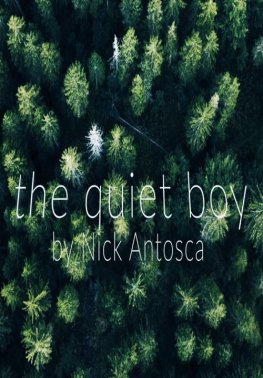

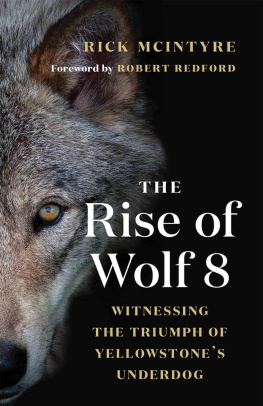
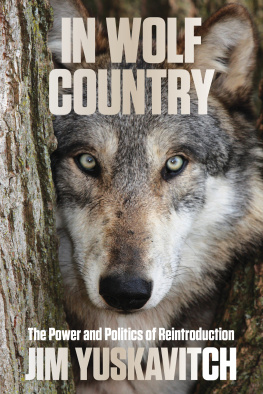
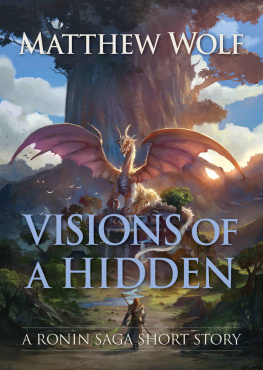
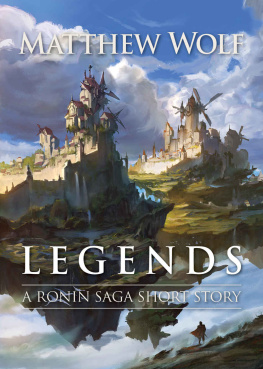
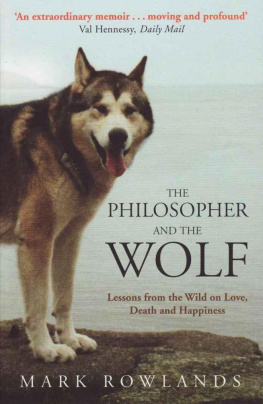
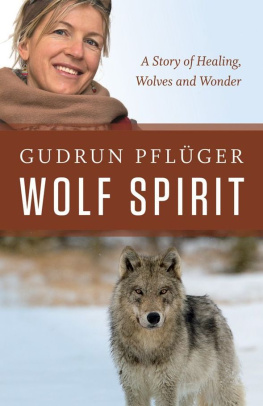



 and colophon are trademarks of Simon & Schuster, Inc.
and colophon are trademarks of Simon & Schuster, Inc.